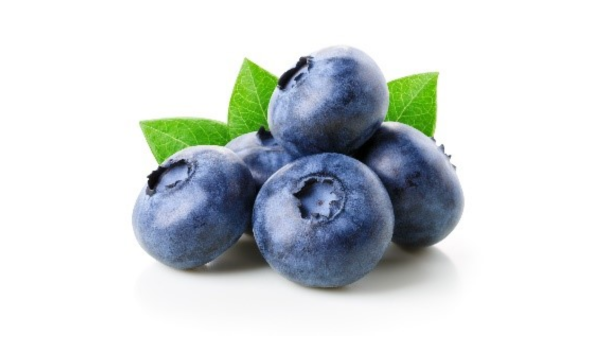Despite inclement weather characterized by torrential rains and seasonal flooding, the Peruvian agricultural sector made substantial progress during the first quarter of 2023 (January-March), according to a report by the Ministry of Agrarian Development and Irrigation (Midagri), as reported by Agraria.
The upturn in blueberry production played a fundamental role in growth, registering a notable increase of 37.5 percent compared to the same period in 2022.

The increase in blueberry production is due to the larger cultivated area in the Lambayeque, Ica and La Libertad regions, with accumulated sales of more than $1.36 billion at the end of 2022.
The United States remains the main market for Peruvian blueberries, with more than 152,000 tons exported in the 2022-23 season (around 53 percent of the total volume exported).
Due to higher incoming volumes from Peru, prices this season were on average lower than last season, ranging from $13.93 per package in week 44 and 45 of 2022 to $25.33 per package in the week 10 of 2023.
One factor that has contributed to the impressive growth in blueberry production in Peru has been the expansion of both new and existing producing regions. Data provided by the National Agrarian Health Service (Senasa) indicates that in 2016, Peru had just 1,923 hectares of blueberry plantations. However, by 2020, this number had ballooned to 18,614 hectares.
Previously, 90 percent of production was concentrated in the La Libertad region, but currently, this region only represents 25 percent of total production. Other regions such as Lambayeque, Ica and Lima have significantly increased their volumes.
Another important factor in the increase in blueberry volumes in Peru is the evolution of new varieties since 2016.
“Seven years ago, we registered just 13 blueberry varieties, with Biloxi accounting for nearly 60 percent of all crops in the country. By the end of 2022, we registered 65 blueberry varieties, with Biloxi’s share dropping to 25 percent share, being surpassed by Ventura with 32 percent,” says Luis Miguel Vegas, general manager of the Association of Blueberry Producers of Peru (Proarandanos).
The country has added about 3,000 new hectares of blueberry crops per year since 2016.
“We have to continue investing in new varieties because it favors both consumers and producers. On the one hand, it provides better and higher-quality fruit, and for producers, it increases productivity and allows the country to diversify its market and let being so dependent on the U.S. market. Right now more than half of our volume depends on that country,” Vegas stated.
According to César Romero, a specialist in International Trade at Midagri’s Directorate of Economic Studies, there is still room for growth in blueberry shipments abroad since last year Peru only sent this product to 32 markets.
In addition, Senasa has been working on opening a portfolio of new destinations, such as South Africa, South Korea, New Zealand, Vietnam, Argentina, Bolivia, the Dominican Republic, Ecuador, and Australia.



